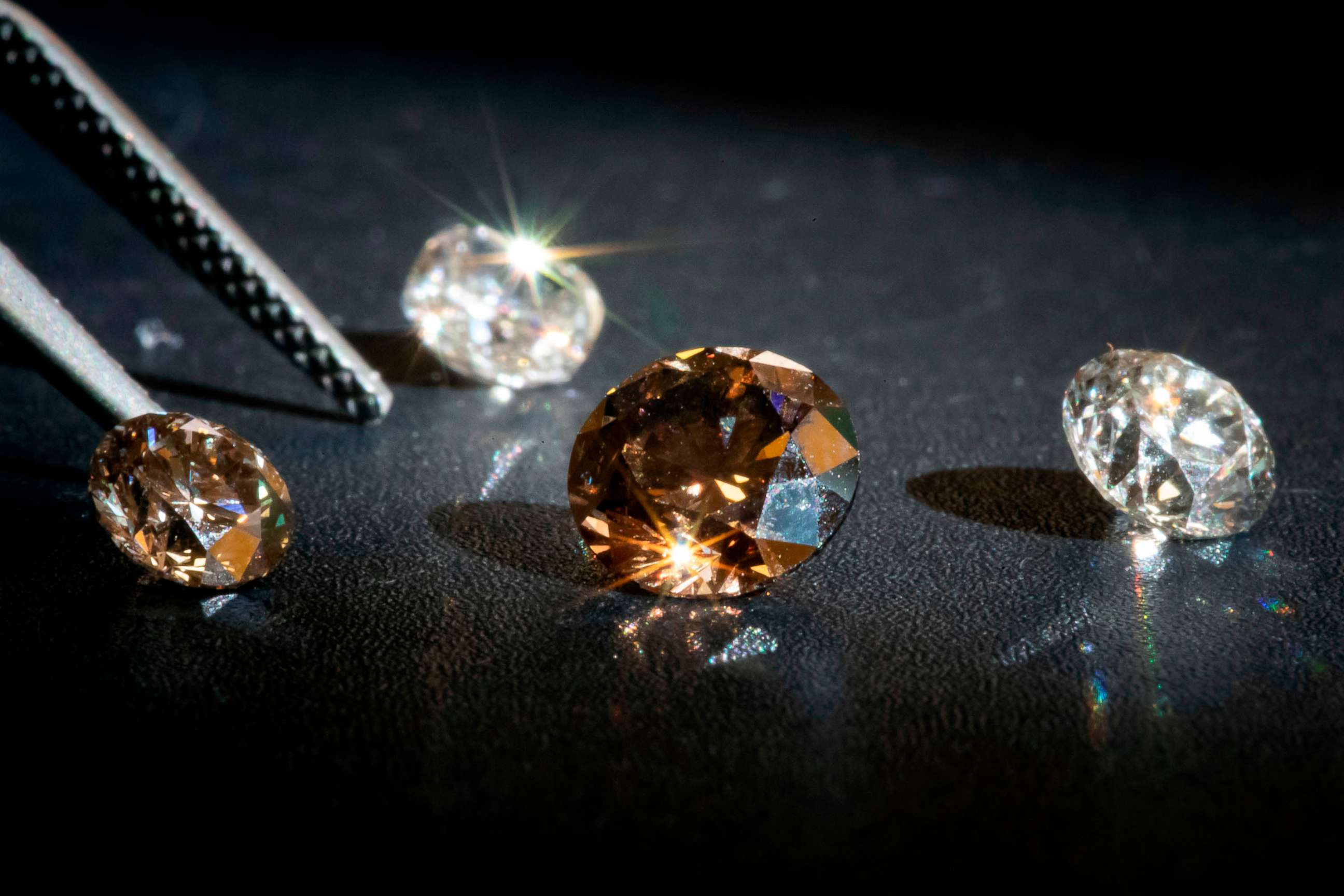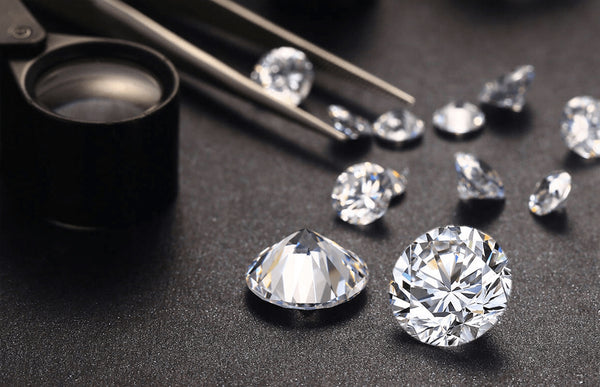
In recent years, lab-grown diamonds have emerged as a compelling alternative to mined diamonds, offering ethical, environmental, and economic benefits. As we navigate through 2025, the popularity of these man-made gems continues to rise, reshaping the jewelry industry and consumer preferences. This article delves into the strength and advantages of lab-grown diamonds, exploring their relevance in today’s society and the innovative strides that have propelled them to the forefront of modern luxury.
What Are Lab-Grown Diamonds?
Lab-grown, also known as synthetic or cultured diamonds, are created in controlled laboratory environments using advanced technological processes that replicate the conditions under which natural diamonds form in the Earth’s mantle. The two primary methods are:
- High Pressure High Temperature (HPHT): Mimics the natural diamond formation by applying high pressure and temperature to a carbon source.
- Chemical Vapor Deposition (CVD): Involves breaking down carbon-rich gases to deposit carbon atoms onto a substrate, forming a diamond layer.
These methods produce diamonds that are chemically, physically, and optically identical to their natural counterparts.
Read Also: How to Choose the Perfect Wedding Ring in 2025
The Strength of Lab-Grown Diamonds

Physical Properties
Lab-grown diamonds possess the same physical properties as natural diamonds, including:
- Hardness: Both rank 10 on the Mohs scale, making them the hardest known natural material.
- Durability: Their robust atomic structure ensures resistance to scratches and abrasions.
- Thermal Conductivity: Excellent heat dissipation properties, beneficial in various industrial applications.
Durability in Daily Wear
Due to their hardness and toughness, lab-grown diamonds are well-suited for everyday jewelry, including engagement rings and wedding bands. They withstand the rigors of daily activities without losing their luster or integrity.
Advantages of Lab-Grown Diamonds
Ethical Considerations
One of the most significant advantages of lab-grown diamonds is their ethical production:
- Conflict-Free: Eliminates concerns associated with “blood diamonds” sourced from conflict zones.
- Labor Practices: Manufactured under regulated conditions, ensuring fair labor practices.
Environmental Impact
Lab-grown diamonds have a smaller environmental footprint compared to mined diamonds:
- Reduced Land Disruption: No need for extensive mining operations that can lead to deforestation and habitat destruction.
- Lower Carbon Emissions: Advanced production techniques have become more energy-efficient, especially when powered by renewable energy sources.
Cost-Effectiveness
Lab-grown diamonds are generally more affordable:
- Price Point: Typically 30-40% less expensive than natural diamonds of comparable quality.
- Value for Money: Allows consumers to purchase larger or higher-quality stones within their budget.
Quality and Aesthetics

Advancements in technology have enabled the production of high-quality lab-grown diamonds:
- Purity: Often have fewer inclusions and blemishes.
- Color and Clarity: Available in a range of colors and clarity grades, meeting diverse consumer preferences.
Market Trends and Consumer Preferences
Growing Market Share
The lab-grown diamond market has seen substantial growth:
- Market Size: Expected to reach $28.27 billion in 2025, growing at a compound annual growth rate (CAGR) of 10.1% from 2024.
- Consumer Adoption: Increasing acceptance among millennials and Gen Z consumers prioritizing sustainability and ethical sourcing.
Influence on Traditional Diamond Industry
The rise of lab-grown diamonds has impacted the natural diamond market:
- Price Adjustments: Natural diamond prices have declined due to competition.
- Industry Adaptation: Traditional jewelers are incorporating lab-grown options to meet consumer demand.
Innovations in Lab-Grown Diamond Production
Technological Advancements
Recent innovations have enhanced the quality and efficiency of lab-grown diamond production:
- Improved Growth Techniques: Refinements in HPHT and CVD methods have led to better control over diamond characteristics.
- Color Enhancement: Ability to produce diamonds in various colors through controlled doping processes.
Customization and Design Flexibility
Lab-grown diamonds offer greater flexibility in design:
- Tailored Creations: Easier to produce custom shapes and sizes.
- Innovative Jewelry Designs: Encourages creativity among designers, leading to unique and personalized pieces.
Relevance to Modern Society
Alignment with Contemporary Values
Lab-grown diamonds resonate with current societal values:
- Sustainability: Appeals to environmentally conscious consumers.
- Transparency: Clear supply chains and production processes foster trust.
Accessibility and Inclusivity
The affordability of lab-grown diamonds makes them accessible to a broader audience:
- Democratization of Luxury: Enables more people to own high-quality diamond jewelry.
- Diverse Market Appeal: Attracts consumers across various demographics and income levels.
Addressing Common Misconceptions
Are Lab-Grown Diamonds Fake?
No, lab-grown diamonds are real diamonds:
- Chemical Composition: Identical to natural diamonds.
- Certification: Graded by the same gemological standards as mined diamonds.
Do They Lack Resale Value?
While resale markets are still developing:
- Market Evolution: Growing acceptance may lead to more robust secondary markets.
- Long-Term Value: Ethical and environmental benefits contribute to their perceived value.
Conclusion
Lab-grown diamonds have emerged as a formidable presence in the jewelry industry, offering a blend of ethical production, environmental responsibility, affordability, and quality. As technology continues to advance and consumer values evolve, these diamonds are poised to redefine luxury and become a staple in modern adornment. Embracing lab-grown diamonds aligns with a conscious lifestyle choice, reflecting a commitment to sustainability without compromising on elegance or durability.




